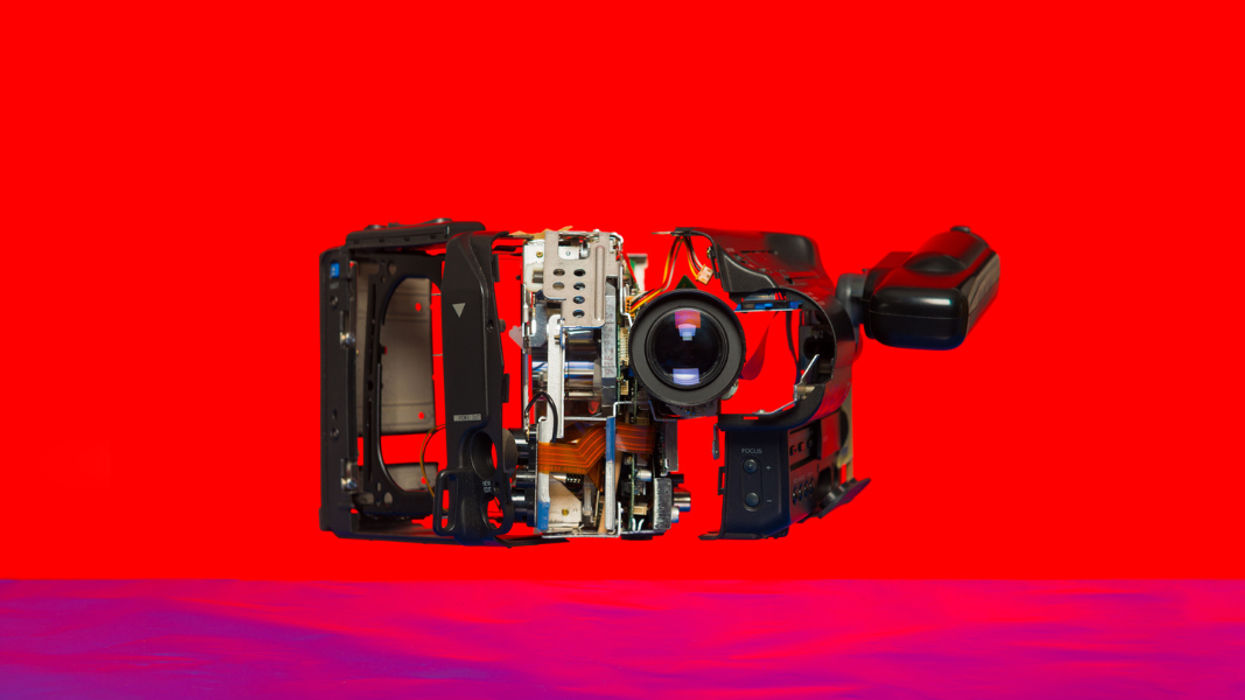Molineaux is co-publisher of The Fulcrum and president/CEO of the Bridge Alliance Education Fund.
History, as is commonly understood, is about the facts of the past. In actuality, history is a story about our roots, our values and our identity. And as I noted previously, winners of wars and conflicts write the historical narrative we later learn in school. In short, our history has oftentimes been a one-sided narrative of those who dominated others and suppressed the voices of many. On occasion, those fighting for freedom, justice and progress prove victorious after decades of coalition building and the narrative is more nuanced. Examples include our stories from the U.S. Civil Rights movement. Or perhaps we lift up overlooked and forgotten stories, as demonstrated by The 1619 Project.
Until the latter half of the twentieth century, domination by “stronger” people over “weaker” people was accepted as “the way it is and will always be.” But 200 years previously, the Declaration of Independence had birthed a new consciousness by stating, “We hold these truths to be self-evident, that all men are created equal, that they are endowed by their Creator with certain unalienable Rights, that among these are Life, Liberty and the pursuit of Happiness.”
These self-evident truths would provide hope for those oppressed around the world for much of the 19th and 20th century. With each passing year, the “domination consciousness” would be challenged and experience a thousand cuts. Now we find ourselves in an existential moment when “the way it has always been” is no longer sufficient for most people. The domination consciousness may well be the downfall of our species, as we impact our planet without consideration for our descendants.
Maybe it is time to recover our full history, the good, bad and ugly, by seeking and highlighting stories that are more helpful in developing a new consciousness of collaboration. We often think that “this is the first time we’ve ever experienced something like this.” However, there are always historical cycles and it is more likely that our ancestors experienced a version of what we are experiencing now.
When going into lockdown for the pandemic, I drew strongly on the stories my grandmother shared about the family homestead in Kansas during the Great Depression. Like many of us, I filled up the freezer and saved items I would normally trash, just in case it was useful later. I started a vegetable garden for the first time. The vegetable garden is still helpful, for yummy vegetables and peace of mind, so we keep it going. I/we feel grounded in the cycle of growth a garden provides.
These are the cultural and collective roots we need to be digging for; to inform ourselves of the values and identities that helped our ancestors survive and even thrive. Recently, I’ve come across two historical stories that provide a better context for how we might move forward together.
First is that of the Marbleheaders; the 14th Regiment of the Revolutionary War. This group of White merchants, free Black men and Native Americans fought for independence from Great Britain and are best known for ferrying General Washington across the Delaware, denying the British army his capture. Historically, we’ve forgotten that this mixed group of people joined in a common cause; their economic interests were better served by a new country. Their story reminds us of what we also learned in WWII. When we tie our economic interests together, we can face a common foe, like autocratic tendencies or fascism, and “mutually pledge our lives, our fortunes and our sacred honor,” as did the signers of the Declaration of Independence.
The other story highlighted an early labor struggle in West Virginia in 1921. “The red-necks” were coal miners, wearing red bandanas around their necks. The mine owners had employed “private guards” to ensure the miners worked despite inhumane conditions. These red-neck coal miners were not monolithic, but White, Black and immigrant; joining a common cause of safe working conditions by unionizing. A mere three months after the Tulsa Race Massacre, these 10,000 miners took up arms against the mine owners, storming up Blair Mountain and into machine gun fire. The local sheriff used biplanes to drop tear gas, explosive powder and metal bolts. The US government sent troops to stop the miners’ uprising and oppressed the workers of West Virginia to protect “King Coal” and keep discord from spreading to other parts of the nation via worker’s rights. While this early attempt was crushed, their efforts were rewarded in FDR’s New Deal more than a decade later. Yet most people in West Virginia have never heard this part of their history. There are no tourist stops, plaques or reminders.
History is a story about our roots, our values and our identity. What we tell ourselves about our history is important – and all of our roots are part of the story, be it good, bad or ugly. History builds empathy through story telling of the lives and struggles of preceding generations. Once we understand the entirety of our collective past, it is easier for us to embrace it and acknowledge what has worked and what has not worked. We can stop spending energy in denial and shift from domination consciousness based in scarcity to compassion consciousness based in kindness. Only then, will we be ready for a future where we can fulfill our dreams of life, liberty and the pursuit of happiness by lifting each other up to thrive, together.






















